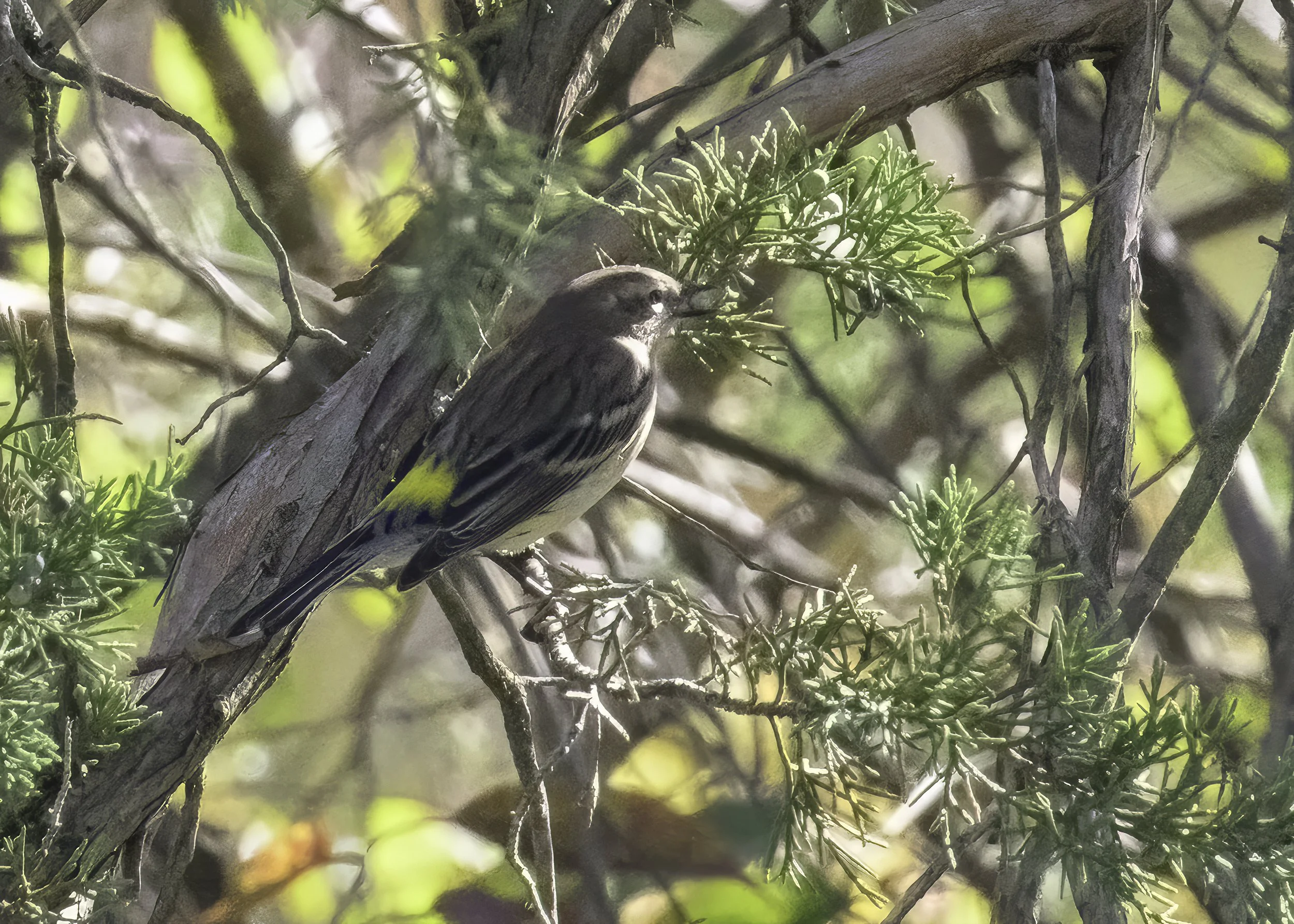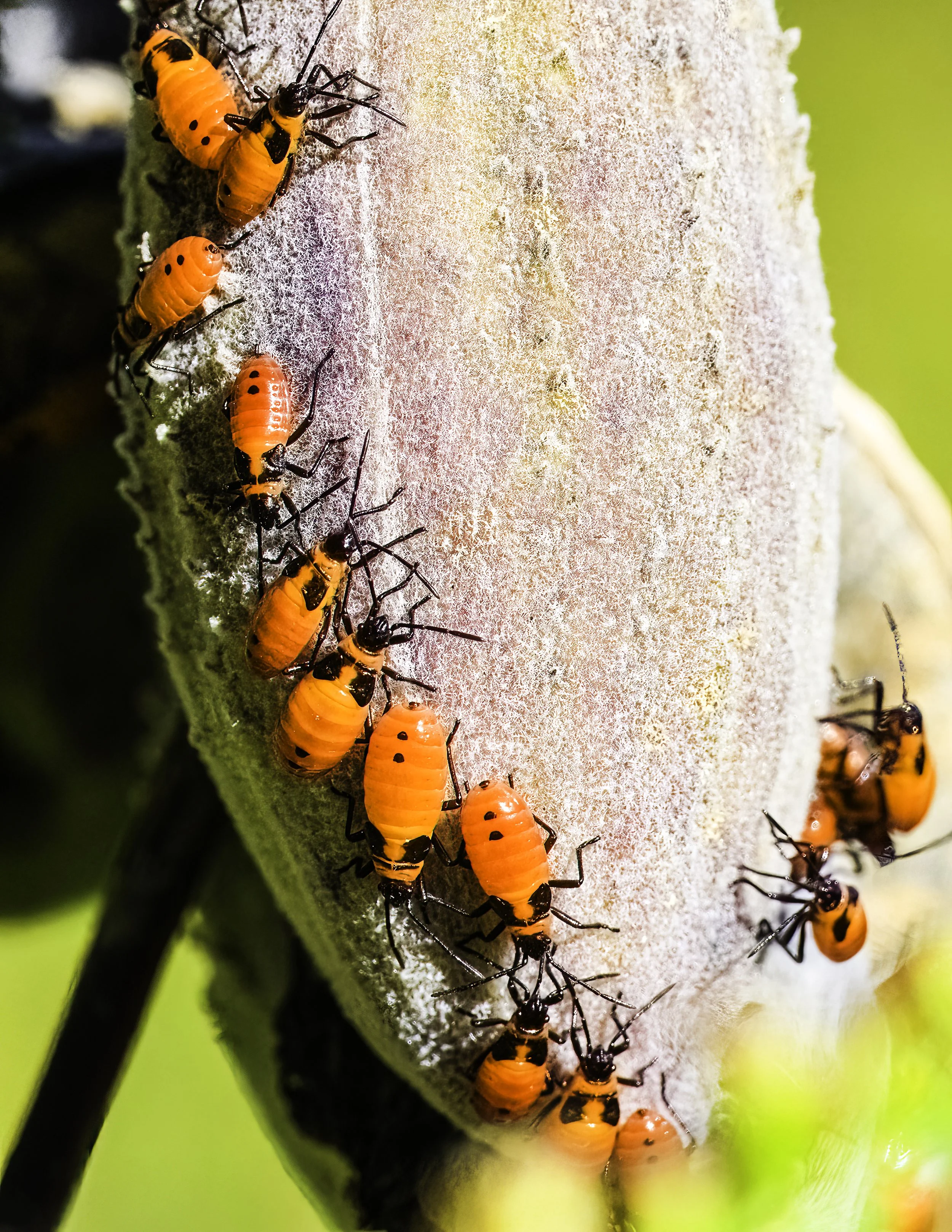Who stays and who goes?
Song sparrow - Kenridge Farm - 10/4/25
Heading into Autumn, we find that many of the wood warblers that were present during the past few months have headed south and are no longer a part of the natural scene locally. We did find 28 species on our birding club outing this morning, but only 4 species of warbler. Some of the birds we found have no intention of leaving the Hudson Valley for the winter and are common throughout the year. One such bird is the Song sparrow seen in the image taken at Kenridge Farm today . The only other sparrows which are considered “common” here in fall are the White-throated sparrow which we did find today and Dark-eyed junco which is usually a late arrival in autumn in this locality.
Our most abundant species found on site today was the Eastern phoebe. While common in early fall, the phoebe will not generally stick around for the winter months. Later in Autumn, the Eastern phoebe will leave us and head down to Virginia and points south….as far south as Mexico. There are still plenty of insects to feed the Phoebe right now, however, so they have no reason to depart. Below is an image of one of today’s individuals spotted on our outing.
Eastern phoebe - Kenridge Farm - 10/4/25
Why is it that some birds like Song sparrows, chickadees, and titmice stick around all winter while other like the Phoebe and the Yellow-rumped warbler seen today will soon disappear from the Hudson Valley for the winter?
Many birds including warblers and fly-catchers like the phoebe migrate from New York in winter primarily due to changes in temperature and food availability. As cold weather sets in, insect populations, the main food source for many birds, decline sharply. To survive, these birds travel to warmer southern regions where insects remain abundant, ensuring they have enough nutrition through the winter months. This seasonal migration helps maintain their energy levels and overall health, allowing them to return to New York in the spring for breeding. This Yellow-rumped warbler has a more varied diet than many warblers and fly-catchers and does not hesitate to make use of vegetation like these cedar berries to supply nutrition. Even so, this warbler will prefer to feed on insects and will be leaving us quite soon.
True, there are insect and other “Meaty” organisms around in fall, but they are not all good food sources for the birds. These Large milkweed bugs are striking insects known for their bright orange and black coloration, which serves as a warning to predators about their toxicity. They primarily feed on the seeds of milkweed plants, extracting toxic compounds that make them unpalatable.
Large Yellow Underwing caterpillar - Kenridge Farm - 10/4/25
Many bird species actively seek out caterpillars as a nutrient-rich food source. Birds feeding on caterpillars play an essential role in maintaining ecological balance by controlling caterpillar populations that might otherwise damage vegetation. Obviously, caterpillar abundance is not very high during the cold months of winter. At those times, berries found on vegetation during colder months may serve as a food source to those birds which remain up north during winter.
These abundant berries found on this Common buckthorn shrub on the grounds of Kenridge can serve as an alternative food source in winter. During winter, common buckthorn berries provide an important food source for various bird species when other fruits and seeds are scarce. Although the berries are not particularly nutritious, birds such as cedar waxwings, thrushes, and robins rely on them to sustain their energy through the colder months. The bright, persistent berries remain on the shrubs well into winter, making them accessible despite snow cover. While common buckthorn is an invasive plant that can disrupt native ecosystems, its berries have nonetheless become a critical resource for wildlife during harsh conditions.
And so, as we continue our journey through the natural year, we will witness fewer and fewer insects and with that decline, fewer and fewer species of birds through the winter. Still, different bird species will visit our area during the winter months making use of what our migrant birds “turned up their bills at”. Always new natural phenomena to observe through the year’s progress.





